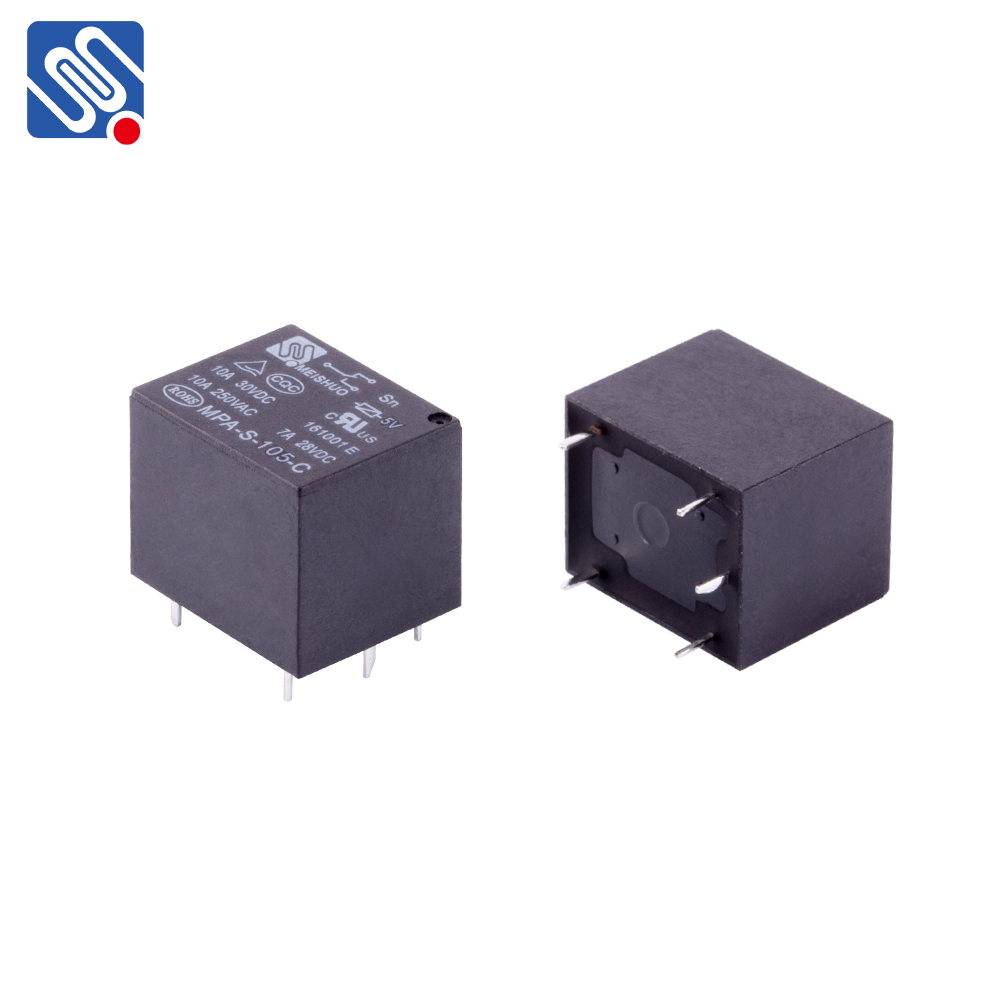In today’s world of automation and electrical control systems, various components work seamlessly together to ensure the smooth functioning of numerous devices and machinery. One such crucial component is the Switch Relay, an electrical device used to control a circuit by opening or closing it, based on an electrical signal. Switch relays are integral in a wide variety of applications, from household appliances to industrial machinery, making them a fundamental part of modern technology.

What is a Switch Relay? A Switch Relay is an electromechanical device that uses an electrical input to control a high-power or high-voltage output circuit. At its core, it consists of an electromagnet (coil), a set of movable contacts, and a spring. When current flows through the coil, it generates a magnetic field that attracts or repels the contacts, thus opening or closing the circuit. The beauty of a relay is that it allows a low-power signal to control a much higher-power circuit without any direct connection between them, providing safety and efficiency. Switch relays typically feature two main types of contacts: normally open (NO) and normally closed (NC). When the relay is not energized, the NO contacts remain open, and the NC contacts remain closed. Once the relay is energized, the NO contacts close, and the NC contacts open. This switching mechanism is essential in controlling different circuits or components in response to signals from a controller or sensor.